Moving with the markets
In 1987, Transtrend started as a research project focused on identifying trading opportunities in commodity futures markets. This project ultimately resulted in a diversified trend following trading program — our Diversified Trend Program — which went live in June 1992.
The world we live in right now is not the same as the world we lived in around 1990. The developments since then have required many changes to our way of trading. But at the same time, they offered many new opportunities. The track record of our Diversified Trend Program is the footprint of our maneuvering through all these developments.
What follows is a collection of real-life events that have shaped Transtrend, our team and our investment strategies.
Black Monday
The global stock market crash in October 1987 was a game changer for many. For us it was an important source of inspiration and a catalyst for the research project that would become Transtrend.
The event reminded us we should concentrate on the markets we knew best: commodities. So that was our starting point. It was not until we felt sufficiently comfortable and experienced in financial markets that we also incorporated these into our trading program — at that time still in its research phase.
Nowadays we feel right at home in a wide range of financial and commodity markets worldwide.
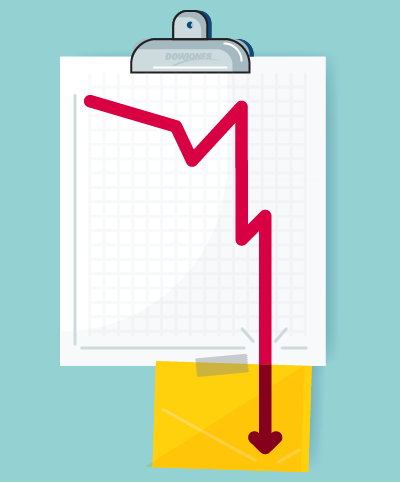
Soviet coup
The failed ‘August Coup’ led to the falling apart of the Soviet Union. A textbook example of a local event that suddenly (and briefly) dominates many markets globally. To us it confirmed that most investment decisions should be made and evaluated from a portfolio perspective; not overly focused on positions in individual markets.
It also made us realize that without sufficient 'robustness', events like these can easily undermine portfolio diversification. The principle of robustness is something that we have continued to develop and build on ever since.

Asian crisis
In the summer of 1997, the Thai baht collapsed when the government decided to abandon the peg to the U.S. dollar. One by one many other currencies across South Asia followed suit, triggering equity sell-offs, sovereign debt problems and demographic crises.
Still our best year from an absolute performance perspective, 1997 was the first clear example of our ability to generate performance in times of crisis — nowadays often referred to as ‘crisis alpha’.
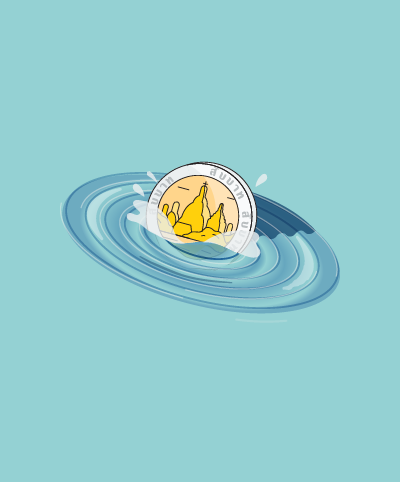
Corn futures move to screen
One of the important milestones in the shift from floor to screen trading was when the Chicago Board of Trade (CBOT) started to match orders of corn futures electronically.
It moved us in the direction of collecting real-time tick-data rather than end-of-day data, which allowed us to trade on the screens. Later on, this presented other opportunities, like the further development of ‘synthetic markets’, i.e. combinations of different outright markets.
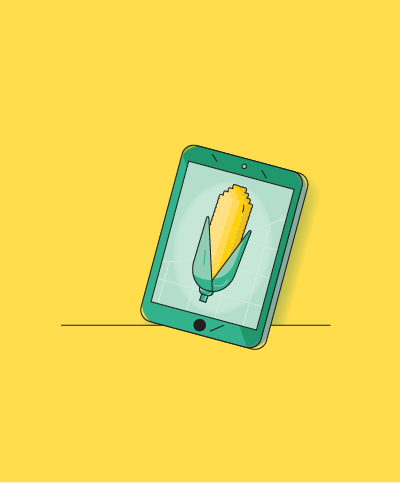
Russia crisis
Falling oil prices moved Russia towards a Ruble crisis. Russia defaulted on its debt, causing turmoil in financial markets globally.
August ’98 is still our best month ever, in particular because positions in a wide variety of markets were very profitable. This crisis did not hit overnight, but slowly crept into the markets, which presented good opportunities for our strategies. Other trading styles typically struggle with such events.
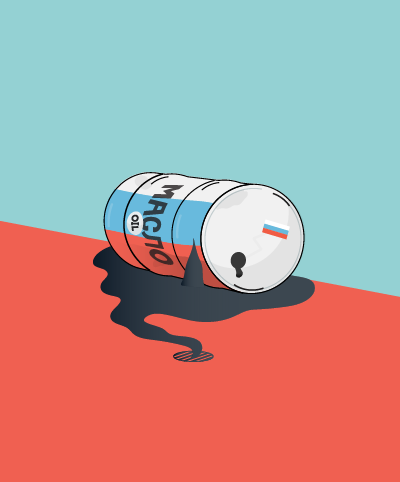
Ringgit capital controls
Having witnessed a collapse of its currency in the wake of the Asian Crisis, Malaysia imposed tight capital controls. We had, at that moment, open positions in various Malaysian futures contracts. In such events, operational alertness, reliable contacts and being in control are crucial to prevent money from being stuck in a country.
These are the type of real-life situations that no backtest or simulation will ever prepare you for.
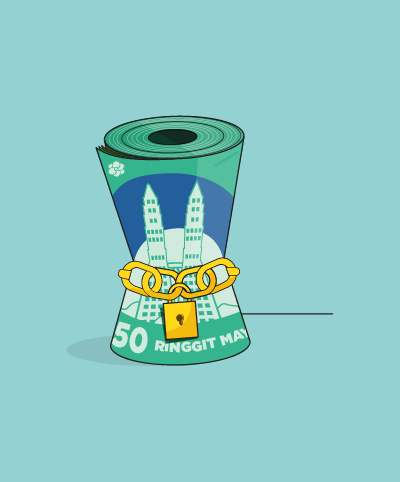
Euro conversion
The euro conversion ultimately happened without major problems. The entire financial industry was working on this one challenge that morning. This nicely illustrated that collectively, and with a good preparation and co-operation, major things can be accomplished.
We take this to heart in our daily work.
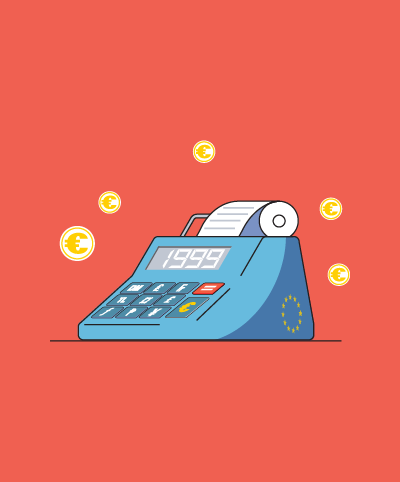
Refco scandal
The sudden bankruptcy of the world’s biggest independent futures broker sent shockwaves across our industry. By being operationally in control and with the dedication and hard work of our entire team, we were able to avoid losses for our clients. This again proved to us the importance of counterparty risk management and maintaining a dynamic operation.
Ever since this event, we prefer to use multiple brokers for each client account, in order to be able to switch over quickly if needed.
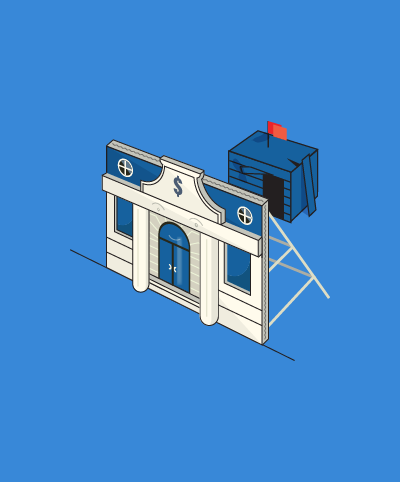
IPE pit closes
After 25 years, the International Petroleum Exchange in London closed its open outcry pit where energy futures were traded. They went ‘fully electronic’.
The end of an era and another milestone in the transition from floor to screen trading. We have subsequently developed our own electronic order execution strategies, which have been active since 2006. These have proven to be of growing importance, especially in cases of market stress.

Start of credit crisis
On 27 February, Freddie Mac — one of the largest buyers of mortgages — announced it would stop buying risky home loans. This marked the beginning of the financial crisis that would hold markets in its clutches for the next two years.
That week was very difficult for us in terms of performance. But in the following two years Transtrend delivered excellent returns, yet another example of ‘crisis alpha’.
But it was by no means an easy ride: extremely high volatility, reduced liquidity and increased counterparty risk ruled the day. This environment required operational excellence. Impossible to test for in simulations, but all the more crucial in real life.
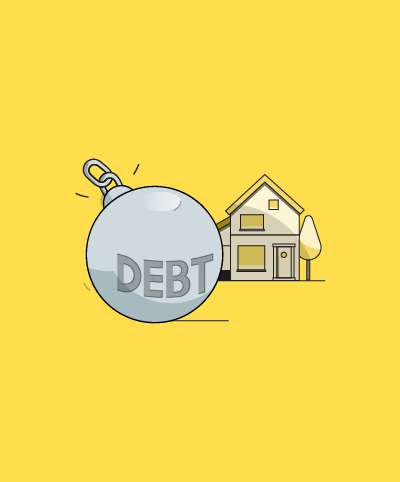
Flash crash
On 6 May, U.S. equities collapsed with unprecedented speed. Only to recover just as quickly.
Clearly, the modernization of financial and commodity markets is drastically and fundamentally changing their dynamics. We realize this has a great impact on our trading strategies and for this reason our whole operation — from data cleaning to execution — should continuously evolve too.
Change is the only constant.

Brexit referendum
Markets went into a frenzy on the day the outcome of the Brexit referendum became known. The resulting price swings proved a great test for the robustness of our strategies and for our operation as a whole.
We have seen such ‘one-of-a-kind’ events before, for example when the British pound dropped out of the European Exchange Rate Mechanism (ERM) in 1992, and during the Russian Crisis in 1998. In itself rather concentrated events, but still able to hold the whole world prisoner. Though our systems are designed to cope with such volatility, our full attention is always a hard requirement, as we are aware that it is ultimately us humans that provide the necessary robustness.

Covid-19 outbreak
The initial impact of the coronavirus on markets can be compared to a thunderstorm: high volatility and a massive risk-off move. But — like flowers blossoming in the desert after a thunderstorm — fresh trends soon started to develop.
Systematic strategies tend to shy away from risk-taking after such a regime shift, as they are prone to overestimating volatility and correlations. However, without an adequate amount of risk in a trading program, a significant risk premium should not be expected. To pick such flowers most effectively therefore requires an active and adaptive approach.
We were able to keep the program on its intended course of being sizably invested in different trends, with solid ‘crisis alpha’ as a result. At the same time, we made sure the program would be well prepared for an inflationary environment, which indeed emerged after the economies reopened.

Get in touch with us

van Loo

Stokebrand

Tolenaar